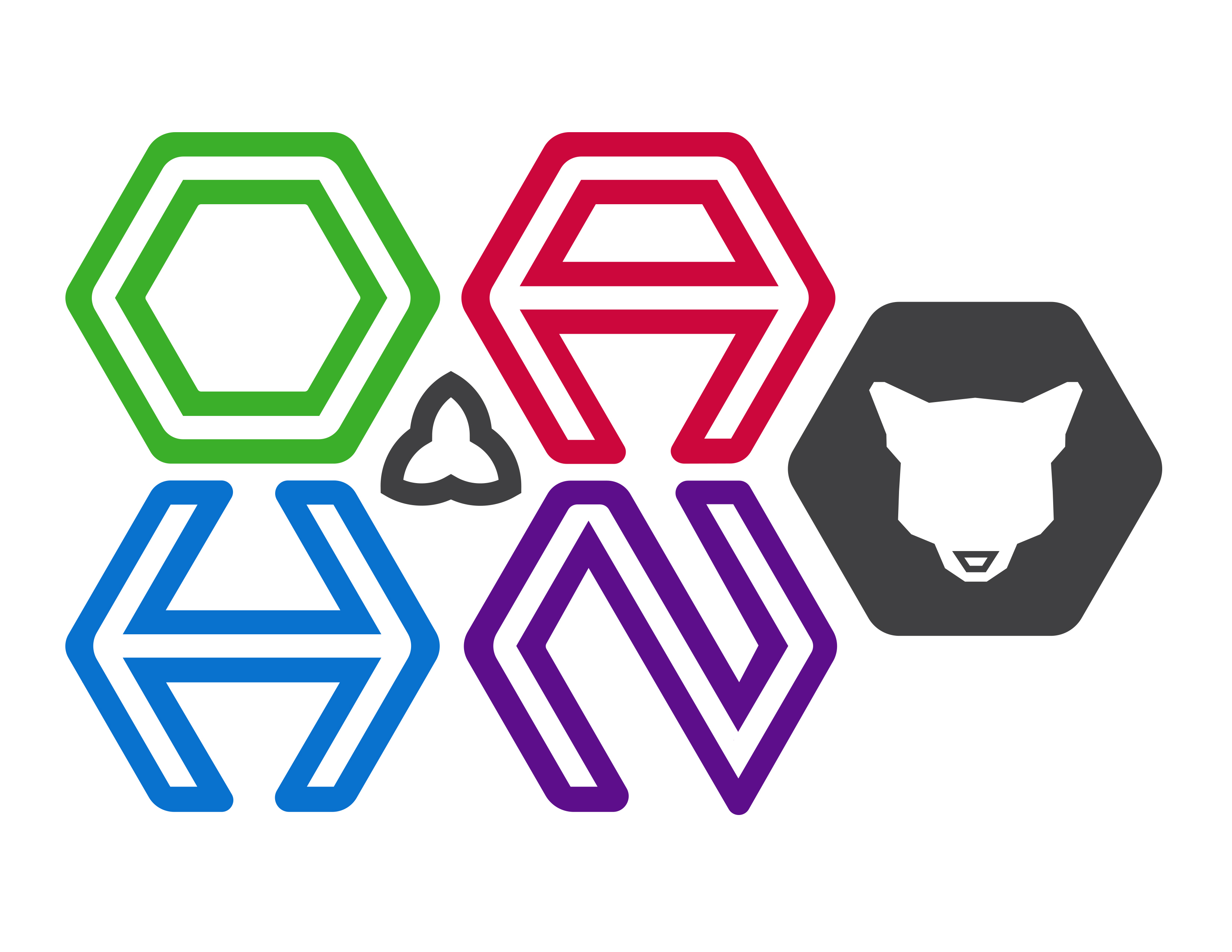OAHN Wildlife Network Project: Avian Influenza in Ontario Wildlife

Project Lead: Dr. Claire Jardine
Collaborators: Dr. Alex Reid
To download the full project summary, please click here: https://www.oahn.ca/wp-content/uploads/2024/06/PROJECT-SUMMARY-AIV-wildlife-FINAL-June-21-2024.pdf
Project Proposal:
In spring 2022, highly pathogenic avian influenza caused morbidity and mortality in numerous species of wild birds and mammals in Ontario and other areas of North America. During this period, testing for avian influenza in Ontario wildlife was conducted opportunistically, relying on samples submitted to the Canadian Wildlife Health Cooperative. In Ontario, avian influenza virus detections in mammalian species were limited primarily to red foxes with one case in a mink. However, reports from other areas of North America, indicate that a larger range of mammalian species, including skunks, raccoons, and opossums, may be susceptible to infection. We have limited knowledge about which mammalian species can be infected, and the prevalence of the virus in different wild mammals in Ontario. To address this knowledge gap, we are proposing to increase surveillance of wild mammals this fall using samples collected as part of ongoing rabies surveillance activities in Ontario. The other knowledge gap we would like to address in this proposal is determining if wild species that are exposed to the virus are able to survive infection. To address this knowledge gap, we are proposing to opportunistically collect and test serum samples from mammals and birds (Canada geese) that were frequently diagnosed with avian influenza this spring. This will allow us to assess the proportion of animals that sero-converted (i.e., proportion of individuals that are seropositive). Understanding the role of different species in the ecology of avian influenza and whether they are able to survive infection is not only important for wildlife health, but will also help inform disease prevention and control strategies that are vital for protecting human and domestic animal health.
Outcomes and Future Applications
This project supported the testing of a variety of mammal species for AIV in Ontario. During the project, AIV was detected in four additional species in Ontario (river otter, fisher, striped skunk, raccoon). By comparing swab and brain samples for AIV detection we were able to show that swabs are likely a reliable sample type for mammal testing and we continue to rely on swabs as our main sample type for our ongoing AIV surveillance efforts. We found no evidence of seroconversion in mammals; suggesting that either, relatively few animals were exposed to AIV, or that few animals survived infections. Our small sample size makes it impossible to draw any conclusions based on these results and continued work focused on mammal serology is required to better understand the impact of AIV infections in wild mammals. Based on our Canada goose serology findings, it is clear that a significant proportion of Canada geese are exposed to and survive AIV infection. These findings have resulted in serology becoming an important component of ECCC wild live bird surveillance and researchers are using this tool to improve our understanding the ecology of AIV in waterfowl.
Understanding the role of different species in the ecology of avian influenza and whether they are able to survive infection is not only important for wildlife health, but will also help inform disease prevention and control strategies that are vital for protecting human and domestic animal health.
The results of this project will be included in 2 future manuscripts, one describing the spatial and temporal distribution of AIV in mammals in Ontario, and a second describing the impacts of AIV on Canada geese in Ontario. This project also contributed to the formation of another project looking at epidemiology of the virus in wildlife on infected premises and matched uninfected premises.

